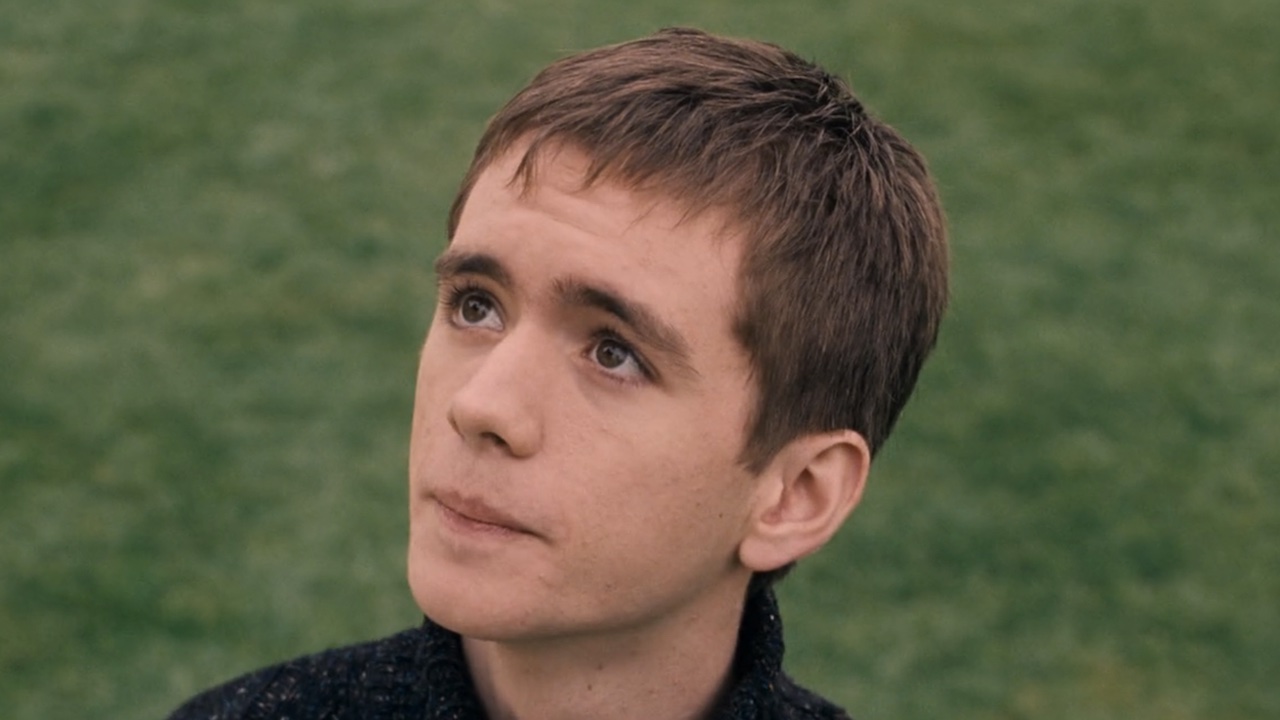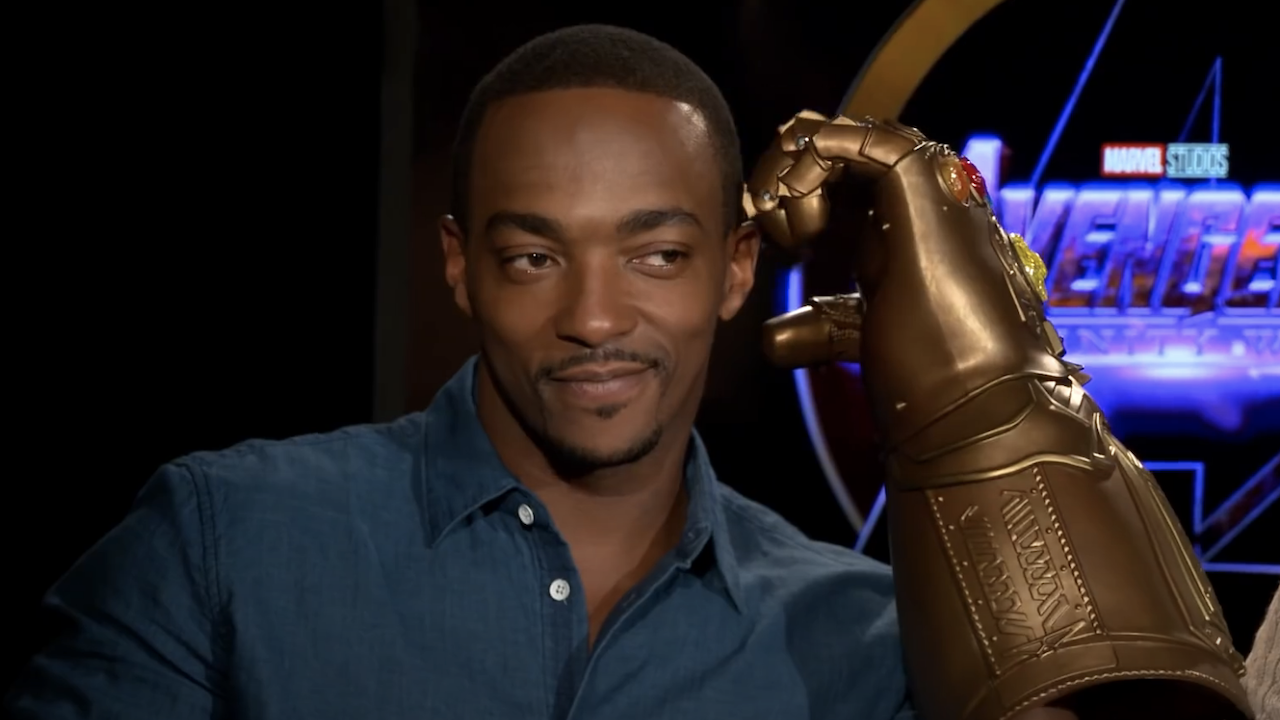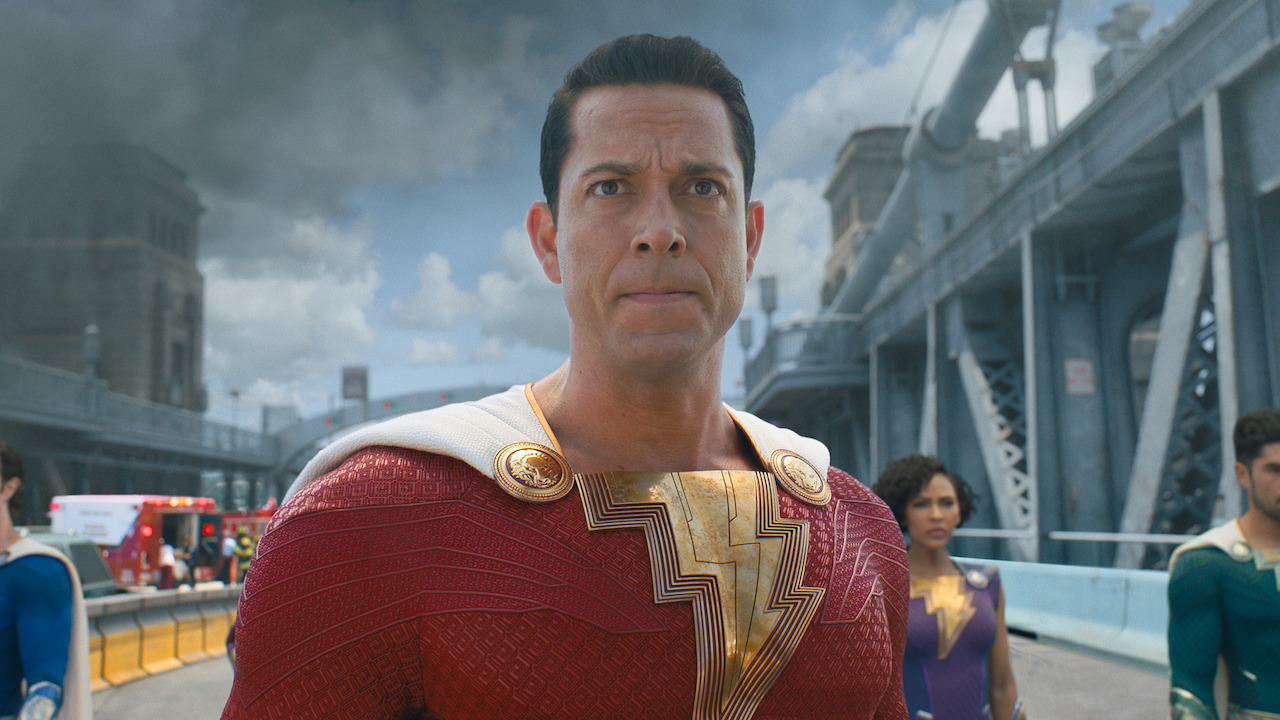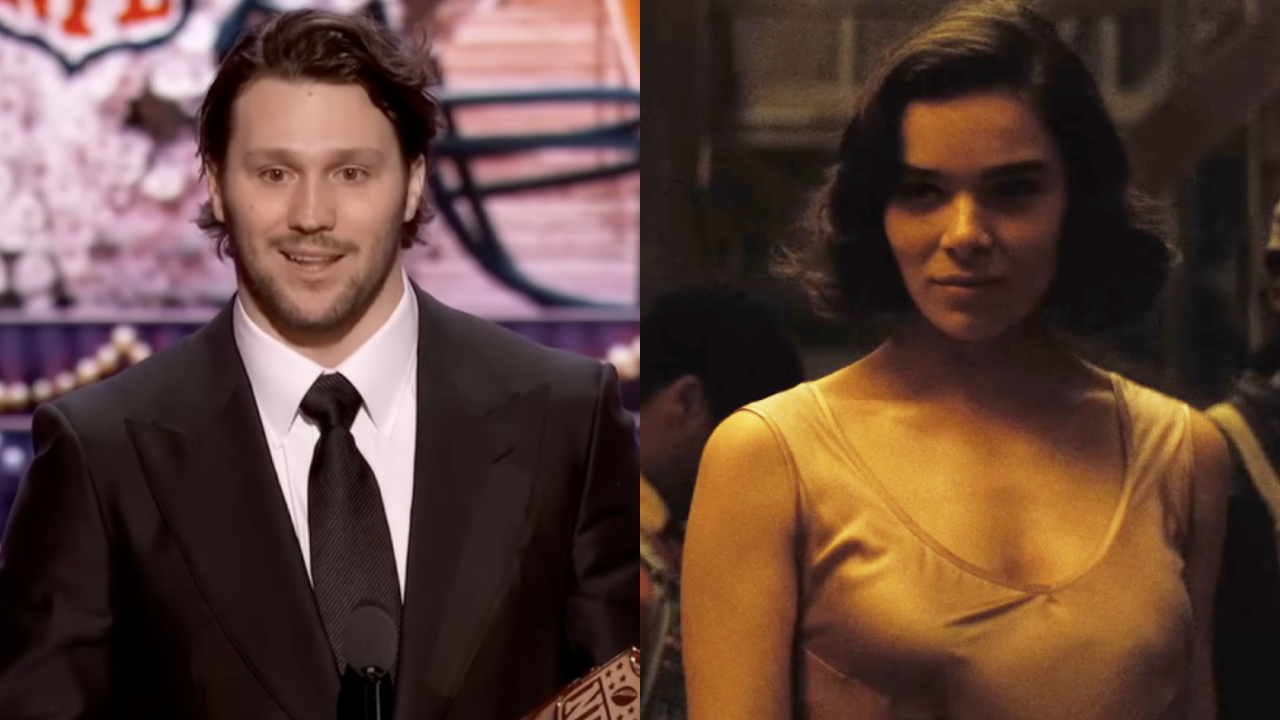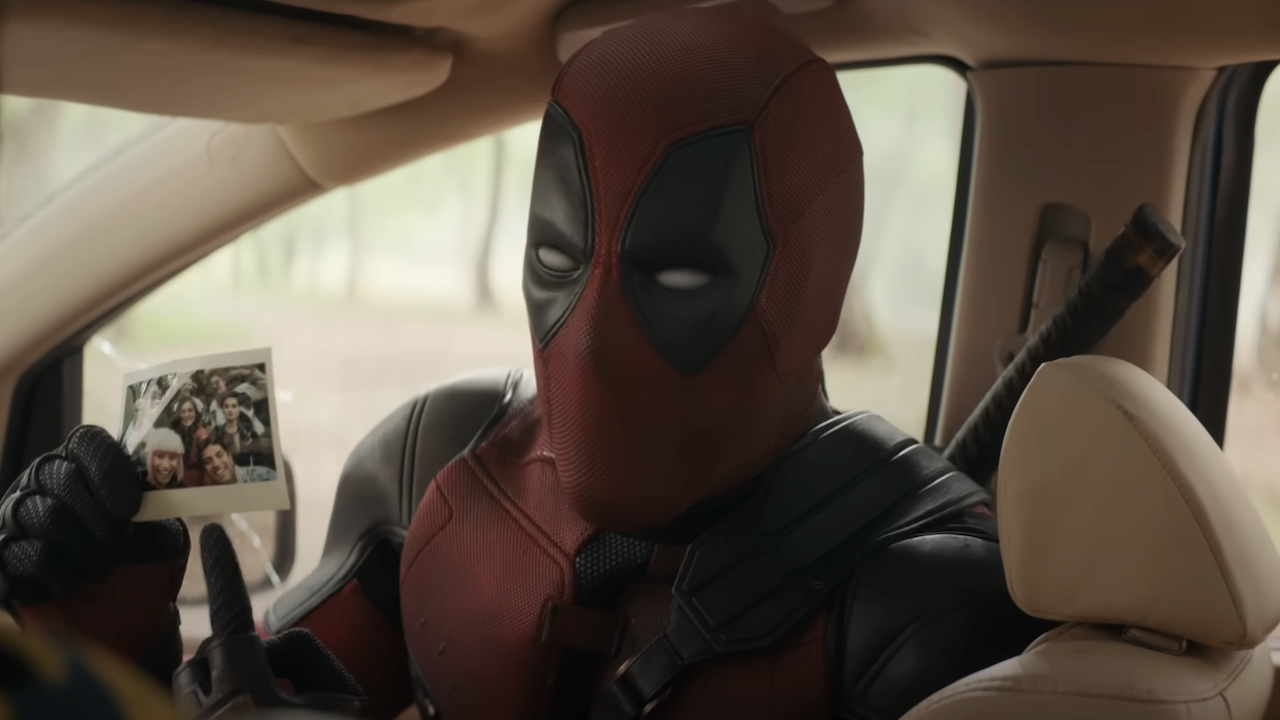Is 3D Better for Animation Or Live-Action Films?
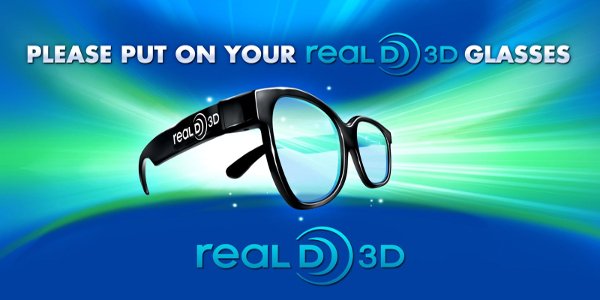
To 3D, or not to 3D? That's a question we ask and answer on a regular basis here at Cinema Blend, and it's an important question that means everything when going out for a film. After all, not all 3D films are created equal, and with the various physical effects and symptoms the quality of a 3D film can inspire, it's nice to know who you can trust and who should be bypassed in terms of the third dimensional experience.
There's another, equally important question that we find ourselves (as well as a good portion of our audience) asking themselves, and that's which type of film is better in 3D: animated or live action? This is particularly important considering Edge Of Tomorrow and How To Train Your Dragon 2 are the two major/recent 3D films that will be vying for your hard earned box office dollar. As if choosing between 2D and 3D weren't enough, the question of which 3D film gives you more for your money has now been breached.
To evaluate the usage of 3D in both Live Action and Animated films, I'll first be taking scores from the last 10 3D releases on both sides of the aisle and averaging them out. The results will be explained and some notes will be given as to the difference between the two film's markets and how they correlate with the numbers. After that's done, I'll go into just what the top minds in the industry think of 3D and what it brings to the table. Taking both the critical and industrial thoughts on the subject into account should help give a more complete picture on which branch of filmmaking ultimately benefits more from 3D.
Please put on your 3D glasses, as we're about to get ready to measure up which format pops better with the view behind the window.

By The Numbers
As stated in the introduction, the scores of the last 10 Live Action and Animated feature films were taken into account when evaluating the advantage of which medium benefits more from a 3D production. For the sake of a more level playing field, as well as a better level of comparison, I've only taken the last 10 Live Action films to be converted into 3D. The reasoning being that much like animated features, post-converted features are made into 3D films through computer processing, and not through filming the movie in actual stereoscopic 3D. (The benefits of conversion versus native 3D is, perhaps, the subject of a story on its own, considering how many native productions have been bungled in recent history.) With the numbers crunched, we can see that the victor is animated films by around a 6 point lead, with the average scores coming in around 30 (out of a possible 35 on our grading scale) for animation and 24 for live action films.
Now keep in mind, this is our own proprietary scale that has been used for evaluation on Cinema Blend, but it is a scale that takes into account all of the key aspects of a 3D film's successful deployment. It can be assumed that the reason most animated films tend to excel when competing with live action films in 3D is because of the fact that the reality of an animated film is completely contained within the process of making that film. In the case of these animated films, they are computer-generated realities that can be tweaked a lot easier than actual reality captured on a digital "negative". Much like enlarging a photograph versus enlarging a computer-crafted image, the tweaking of computer-generated imagery is loss-less when compared to altering an actual landscape filmed with a camera set at a certain aspect ratio. Simply put: you can alter the formula of perspective with a digitally generated image, but you can't alter the formula of perspective on actual images to the same degree.
CINEMABLEND NEWSLETTER
Your Daily Blend of Entertainment News
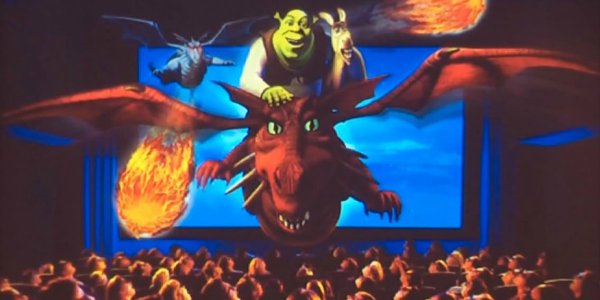
Why The Industry Feels That 3D Works Better With Animation
Many filmmakers from the more traditional days of movie making have come out in support of 3D. For instance, when being interviewed about how he saw the 3D experience influencing how Dreamworks Animation would make films from 2008 and on, Jeffrey Katzenberg believed that 3D was not only more visually impressive, but it was also imperative to the theatrical experience's survival, as it:
"...offer[ed] the first opportunity to innovate the theater experience in ways we can’t in our home for many years to come."
While the technology has made leaps and bounds in developing towards a better 3D home theater experience, there's still something superior about the way theaters show their 3D films versus how you experience them at home. The lighting's just right, there's not as much of a need to worry about where you're sitting, and it's all perfectly calibrated. Of course, technical aspects aside, the usage of 3D storytelling should bring the audience into the film that they're experiencing, instead of just allowing them to watch it in a slightly more expensive format. This is something that filmmakers of both side of the 3D aisle can agree upon. When asked about his feelings on 3D, Pixar's John Lasseter said:
"When you watch Up, it's a very subtle use of 3D, but it actually engages you. It brings the story around you that much more. It's so beautiful when you watch it."
Note that he stipulated "subtle" usage of 3D, much like Robert Zemeckis and even Steven Spielberg stipulate that they would only use 3D in a film that fit the format. When Zemeckis was going through his 3D animation period in his career, he remarked how he loved working with the format, as it was "a magnificent tool we have now to present stories that we weren't able to actually do in a way that now we were given the ability to do."
Animated storytellers like Zemeckis and Lasseter know the advantages they have in their field, and as we've seen in their work, they know how to use them. Even the "dead eyed" Polar Express days of 3D motion capture look amazing in the details that they actually do capture. While 3D tends to dim the picture with a Live Action film (which plays havoc with the color pallette intended for the screen), it's not that hard to brighten the picture in an animated film so the color shines right through along with the image. Finally, a filmmaker's fantasy of controlling reality down to the last light particle has come true.
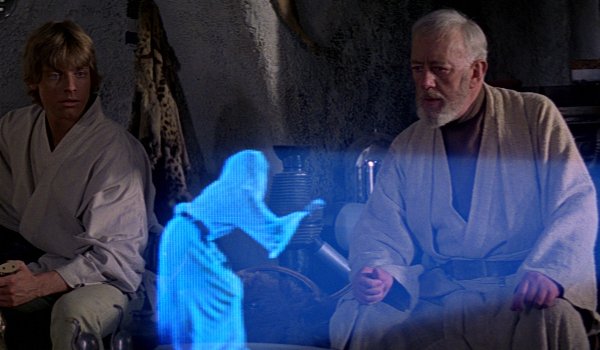
3D Works, But Only If You Know How To Use It
Ultimately, the animated film is the best platform to use 3D filmmaking, simply because the substitution of physical limitations for mathematical limitations works better in the favor of the format. The thought, planning, and implementation for a 3D animated film is much simpler and much more effective than that of a live action film, because everything is rooted in the equations and processes of the computers used to make the entire film. The 3D process also helps lend an atmosphere of illusion and spectacle that helps preserve the theatrical experience, even more so when you take into account the images that an animated film can exclusively produce.
While there are still advances to be made in native 3D/live action filmmaking, and more directors (like James Gunn of Guardians of the Galaxy) are taking a hands on approach with post conversion efforts, there's still a long way to go for actual images to match the quality of 3D computerized environments can offer. Maybe in the next 10 years, we'll see such a leap forward that we can revisit this subject and see a much different picture. After all, it's only been around a decade or so since we've seen the resurgence of the 3D craze, and that was after the jump from "red and blue" anaglyph to modern-polarized 3D. Maybe we'll see glasses free or holographic 3D used on a wider scale in the coming years.
This poll is no longer available.

Mike Reyes is the Senior Movie Contributor at CinemaBlend, though that title’s more of a guideline really. Passionate about entertainment since grade school, the movies have always held a special place in his life, which explains his current occupation. Mike graduated from Drew University with a Bachelor’s Degree in Political Science, but swore off of running for public office a long time ago. Mike's expertise ranges from James Bond to everything Alita, making for a brilliantly eclectic resume. He fights for the user.
